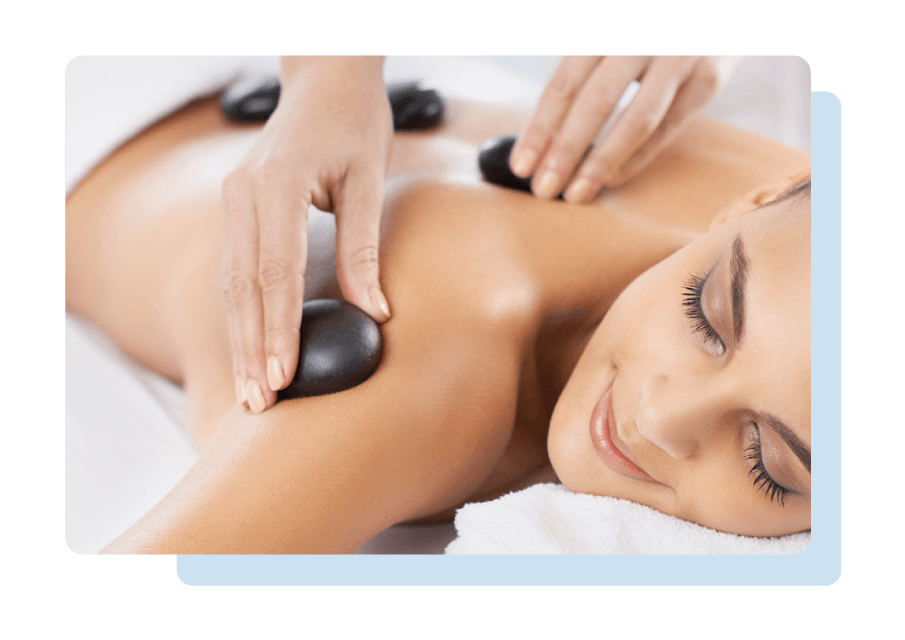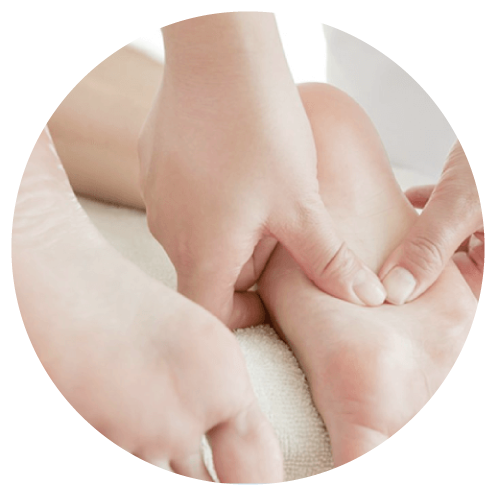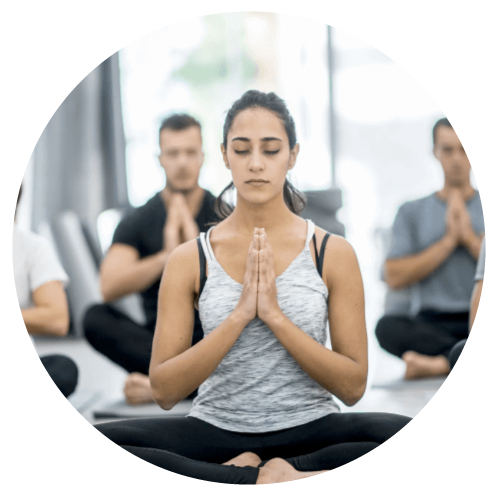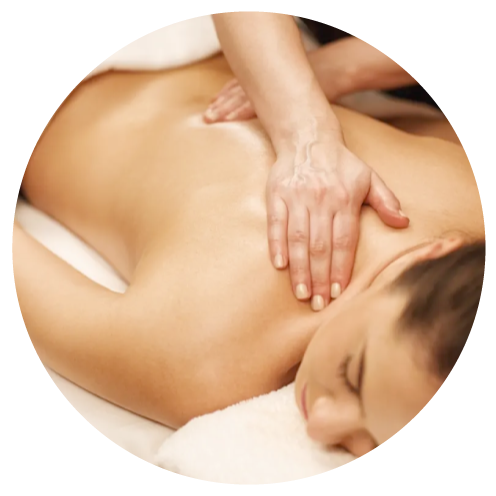De-stress and Relax
Sometimes, we need to press pause … and let go … just for a moment.
Can you find calm amidst the chaos?
Sometimes, we need to press pause … and let go … just for a moment.
At the Westoe Practice you can choose from an array of natural therapies and connect with inner peace right now … nurture yourself so you can feel good from the inside out.
We can help you achieve balanced health so your body can work to the best of its ability.
Interested in our therapy services?
Book a class or get in touch to start your recovery today.
FOOT CARE
BIOMECHANICS
BODYWORK
BEAUTY THERAPY
MASSAGE
EMOTINAL WELLBEING
THERAPIES
MEDICALS
PRE & POST NATAL CARE
OTHER
We provide acupuncture, osteopathy, physiotherapy, biomechanics, podiatry, bowen, emmett, massage, exercise therapy and rehab. We take care of your pain, allowing you to enjoy your life.
We provide acupuncture, osteopathy, physiotherapy, biomechanics, podiatry, bowen, emmett, massage, exercise therapy and rehab.
We take care of your pain, allowing you to enjoy your life.
Our range of effective therapies for pain management:
FAQs
It might seem obvious that you’d know when you’re stressed, but many of us spend so much time in a frazzled state that we’ve forgotten what it feels like when our nervous systems are in balance: when we’re calm yet still alert and focused. If this is you, you can recognize when you’re stressed by listening to your body. When you’re tired, your eyes feel heavy and you might rest your head on your hand. When you’re happy, you laugh easily. And when you’re stressed, your body lets you know that, too. Get in the habit of paying attention to your body’s clues.
Observe your muscles and insides. Are your muscles tense or sore? Is your stomach tight, cramped, or aching? Are your hands or jaw clenched?
Observe your breath. Is your breathing shallow? Place one hand on your belly, the other on your chest. Watch your hands rise and fall with each breath. Notice when you breathe fully or when you “forget” to breathe.
Internally, we all respond the same way to the “fight-or-flight” stress response: your blood pressure rises, your heart pumps faster, and your muscles constrict. Your body works hard and drains your immune system. Externally, however, people respond to stress in different ways.
The best way to quickly relieve stress often relates to your specific stress response:
Overexcited stress response: If you tend to become angry, agitated, overly emotional, or keyed up under stress, you will respond best to stress relief activities that quiet you down.
Underexcited stress response: If you tend to become depressed, withdrawn, or spaced out under stress, you will respond best to stress relief activities that are stimulating and energizing.
It’s not easy to remember to use your senses in the middle of a mini—or or not so mino—crisis. At first, it will feel easier to just give into pressure and tense up. But with time, calling upon your senses will become second nature. Think of the process like learning to drive or play golf. You don’t master the skill in one lesson; you have to practice until it becomes second nature. Eventually you’ll feel like you’re forgetting something if you don’t tune into your body during challenging times. Here’s how to make it habit:
Start small. Instead of testing your quick stress relief tools on a source of major stress, start with a predictable low-level source of stress, like cooking dinner at the end of a long day or sitting down to pay bills.
Identify and target. Think of just one low-level stressor that you know will occur several times a week, such as commuting. Vow to target that stressor with quick stress relief every time. After a few weeks, target a second stressor and so on.
Test-drive sensory input. If you are practicing quick stress relief on your commute to work, bring a scented handkerchief with you one day, try music another day, and try a movement the next day. Keep experimenting until you find a clear winner.
Have fun with the process. If something doesn’t work, don’t force it. Move on until you find what works best for you. It should be pleasurable and noticeably calming.
Talk about it. Telling friends or family members about the stress-relief strategies you’re trying out will help you integrate them into your life. As an added bonus, it’s bound to start an interesting conversation: everyone relates to the topic of stress.

Our team of highly skilled therapists are here to support and guide you on your journey towards optimum health, fitness and wellbeing.
Let’s get started by taking action today.



